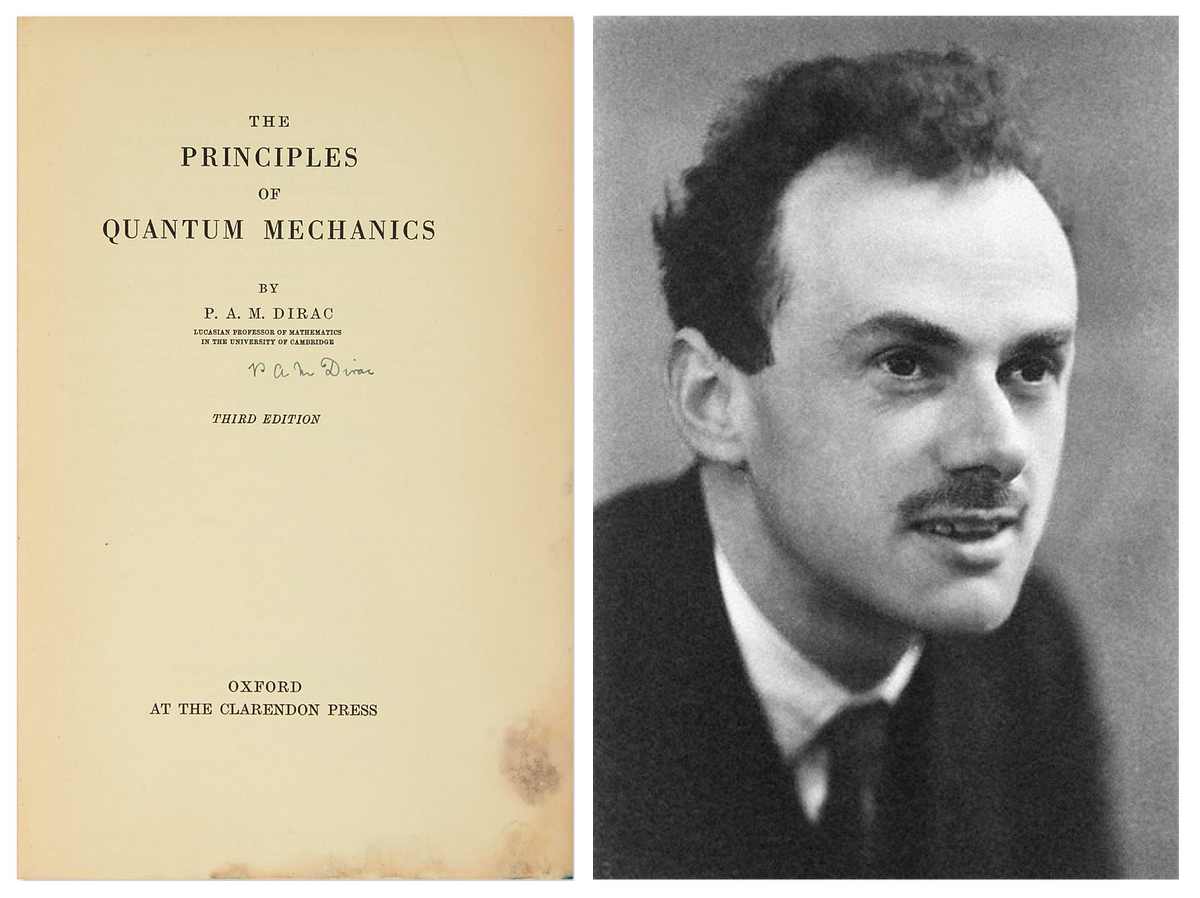- Joined
- 11/5/14
- Messages
- 321
- Points
- 53
Hi guys,
In the introductory chapter in Shreve II, he talks about a sequence of functions [imath](f_n)_{n=0}^{\infty}[/imath] converging to [imath]f[/imath] almost everywhere. He further gives an example of the sequence of functions [imath](f_n)[/imath], where [imath]f_n[/imath] is the density of Gaussian [imath]N(0,\frac{1}{n})[/imath] random variable:
[math] f_n(x) = \sqrt{\frac{n}{2\pi}}e^{-\frac{nx^2}{2}} [/math]
If we fix [imath]x = x_0, x_0 \neq 0[/imath], its easy to see that the limit [imath]\lim_{n \to \infty} \frac{\sqrt{n}}{e^{n{x_0}^{2}/2}}[/imath] by the L'Hopital's rule is equal to [imath]\lim \frac{1}{(x_0^2/2)} \cdot \frac{1}{2\sqrt{n}} \cdot e^{-n\frac{x_0^2}{2}}[/imath]. Since, the exponential term is bounded, the limit approaches zero.
At [imath]x = 0[/imath], [imath]f_n(0)[/imath] is unbounded. So, [imath](f_n)[/imath] converges pointwise to :
[math] f(x) = \begin{cases}0 & \text{ if } x \neq 0 \\ \infty & \text{ if } x = 0\end{cases} [/math]
I recognize that this is the Dirac Delta function. If we were to try and find the Riemann integral of [imath]f[/imath], the lower integral is [imath]0[/imath], but the upper integral is unbounded, regardless of the partition [imath]P[/imath]. But, I read that, [imath]\int \delta(x) dx = 1[/imath], somehow, magically; so how does this come about..
Thanks,
Quasar
In the introductory chapter in Shreve II, he talks about a sequence of functions [imath](f_n)_{n=0}^{\infty}[/imath] converging to [imath]f[/imath] almost everywhere. He further gives an example of the sequence of functions [imath](f_n)[/imath], where [imath]f_n[/imath] is the density of Gaussian [imath]N(0,\frac{1}{n})[/imath] random variable:
[math] f_n(x) = \sqrt{\frac{n}{2\pi}}e^{-\frac{nx^2}{2}} [/math]
If we fix [imath]x = x_0, x_0 \neq 0[/imath], its easy to see that the limit [imath]\lim_{n \to \infty} \frac{\sqrt{n}}{e^{n{x_0}^{2}/2}}[/imath] by the L'Hopital's rule is equal to [imath]\lim \frac{1}{(x_0^2/2)} \cdot \frac{1}{2\sqrt{n}} \cdot e^{-n\frac{x_0^2}{2}}[/imath]. Since, the exponential term is bounded, the limit approaches zero.
At [imath]x = 0[/imath], [imath]f_n(0)[/imath] is unbounded. So, [imath](f_n)[/imath] converges pointwise to :
[math] f(x) = \begin{cases}0 & \text{ if } x \neq 0 \\ \infty & \text{ if } x = 0\end{cases} [/math]
I recognize that this is the Dirac Delta function. If we were to try and find the Riemann integral of [imath]f[/imath], the lower integral is [imath]0[/imath], but the upper integral is unbounded, regardless of the partition [imath]P[/imath]. But, I read that, [imath]\int \delta(x) dx = 1[/imath], somehow, magically; so how does this come about..
Thanks,
Quasar
Last edited:
